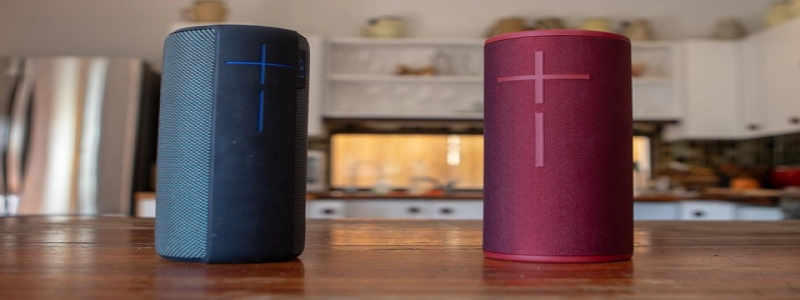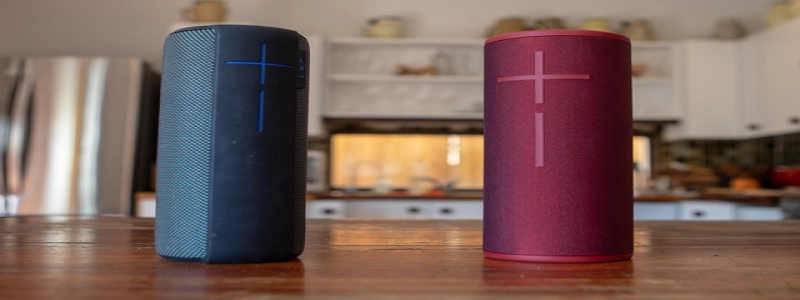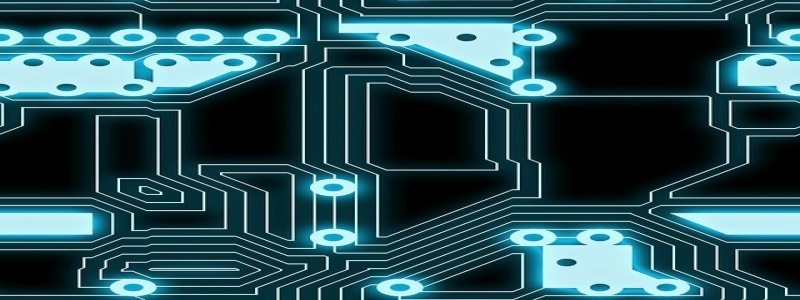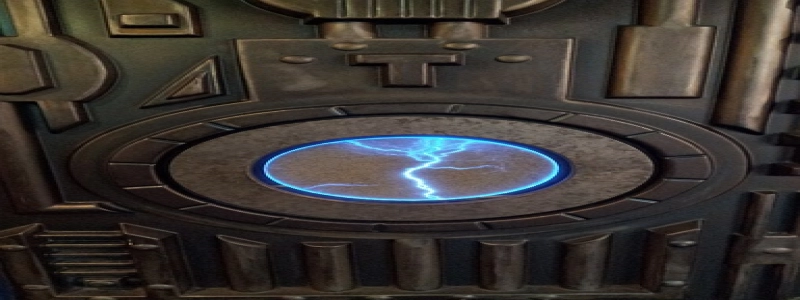How Deep is Fiber Optic Cable Buried?
Introduction:
Fiber optic cables play a crucial role in modern communication systems, providing high-speed data transmission over long distances. To ensure their reliability and protection, these cables need to be buried underground. This article will delve into the depth at which fiber optic cables are typically buried and the reasons behind it.
I. Importance of burying fiber optic cables:
A. Protection from physical damage:
1. Underground burial protects the cables from accidental damage caused by the construction of roads, buildings, or other infrastructure.
2. It shields the cables from severe weather conditions, such as storms or earthquakes, which could lead to interruptions in communication.
B. Secure placement:
1. Burying the cables prevents tampering and unauthorized access, ensuring the security and integrity of the communication network.
2. It reduces the risk of theft, as the cables are hidden from view and inaccessible to potential thieves.
II. Factors determining the depth of burial:
A. Local regulations and standards:
1. Different regions and countries may have specific guidelines and requirements regarding the depth of burial for fiber optic cables.
2. These regulations are in place to maintain uniformity, prevent damage, and ensure the longevity of the cables.
B. Soil and environmental conditions:
1. The type of soil and its moisture content influence the depth at which fiber optic cables are buried.
2. In areas with rocky terrain, the cables may need to be buried deeper to avoid any potential damage.
C. Other infrastructure considerations:
1. Fiber optic cables are often buried alongside other utilities, such as water pipes or electrical lines.
2. The depth of burial is determined by coordinating with the relevant authorities to avoid interference and ensure safety.
III. Typical depths for burying fiber optic cables:
A. Residential areas:
1. In suburban neighborhoods, fiber optic cables are usually buried between 12 to 24 inches (30-60 cm) deep.
2. This depth provides adequate protection while allowing for easier access during maintenance or repairs.
B. Urban and high-traffic areas:
1. In densely populated areas and city centers, fiber optic cables may need to be buried deeper, typically between 30 to 36 inches (75-90 cm).
2. The increased depth helps mitigate the risks associated with heavy vehicular and pedestrian traffic.
C. Rural and remote locations:
1. In rural or remote areas, fiber optic cables may be buried deeper, ranging from 36 to 48 inches (90-120 cm).
2. This extra depth ensures better protection against natural elements and minimizes the potential for accidental damage.
Conclusion:
Burying fiber optic cables is an essential aspect of ensuring reliable and secure communication networks. The depth at which these cables are buried varies depending on various factors, including local regulations, soil conditions, and the presence of other infrastructure. Understanding the appropriate depth for burying fiber optic cables is crucial for maintaining the integrity and longevity of these vital communication systems.








